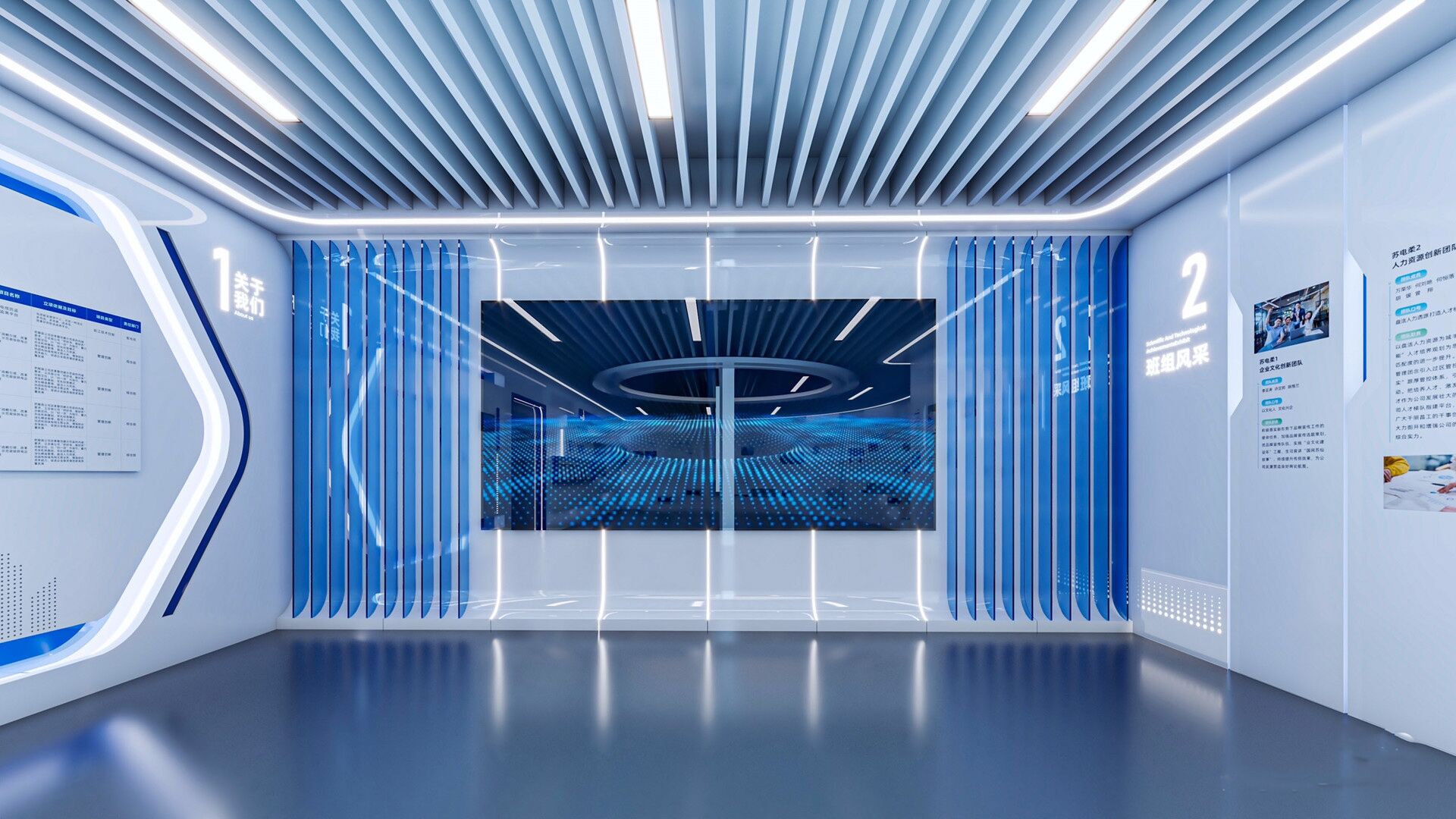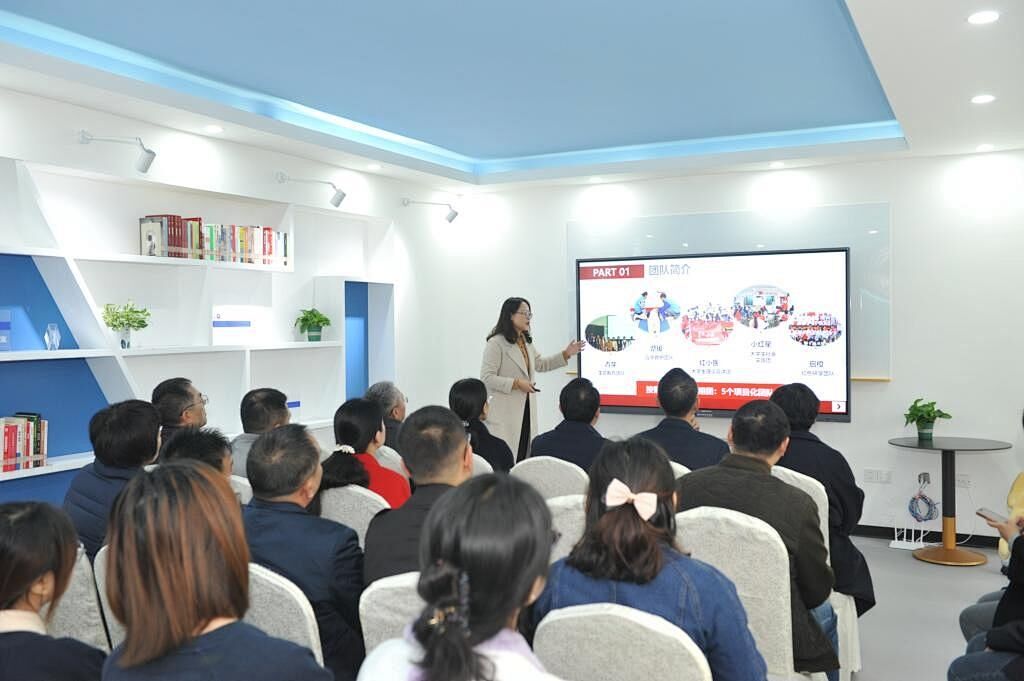From Walking Sticks to Wheeled Carts
The journey of early mobility aids began with simple wooden walking sticks, which were used for centuries to assist elderly individuals in maintaining their balance. As time progressed, there was a transition to more advanced tools, such as wheeled carts, which offered increased independence and further enhanced mobility for users. These innovations set the stage for revolutionary designs like the folding wheelchair. The folding wheelchair marked a significant milestone, providing not just physical support but also transforming the landscape of personal mobility by offering portability and convenience to users, allowing them to navigate various environments with ease.
The Role of Crutch Underarm Cushions in Early Designs
Crutch underarm cushions were developed as a crucial design evolution aimed at alleviating discomfort experienced during extended use. These cushions were introduced to address the common issue of crutches hurting armpits, providing users with a more comfortable experience. Early designs explored various materials, most notably foam and cloth, to achieve both comfort and durability. User satisfaction statistics showed a marked improvement following the adoption of these cushions, highlighting their importance in ensuring a better experience for those requiring crutches. By providing necessary relief, these cushions have maintained their significance, evolving with more modern materials for optimal support.
Post-WWII Advancements in Assistive Devices
The post-WWII era witnessed a surge in assistive device innovations, driven by the needs of war veterans who required enhanced mobility options. Among the key advancements were improved ergonomic designs and the incorporation of lightweight materials, which drastically improved user comfort and accessibility. Health organizations reported notable improvements in user mobility and quality of life, signaling the effectiveness of these innovations. These advancements laid the groundwork for future developments, emphasizing the critical role of ergonomic considerations and robust, lightweight construction in the design of assistive devices, which continue to benefit a diverse range of users today.
The Anatomy of Modern Elderly Carts
Ergonomic Breakthroughs in Armpit Support Systems
Modern ergonomic designs in armpit support systems have greatly improved comfort for elderly cart users. These designs often utilize soft, breathable materials that distribute pressure more evenly, enhancing the overall user experience. Recent studies have shown that users of ergonomic devices report significantly higher satisfaction and experience less pain, a noteworthy improvement over traditional designs. This progression underscores the importance of ergonomic considerations in mobility aids, offering a glimpse into how innovation can alleviate discomfort and enhance daily living for older adults.
Weight Distribution Innovations
Advancements in weight distribution techniques have been game-changers in the realm of elderly carts. By employing cutting-edge balance technology, these innovations help reduce the physical strain on users and maintain stability during movement. Experts in the field emphasize how these improvements have revolutionized the mobility experience, making it safer and more enjoyable for elderly users. This development in balance technology not only boosts confidence in mobility but also enhances the quality of life by ensuring a smoother, more stable ride.
Hand Exercise Integration for Improved Grip
The integration of hand exercise devices into elderly carts has significantly enhanced grip strength, which is crucial for both mobility and physical therapy. This feature promotes exercise for the hands, assisting users in maintaining or improving their grip strength, which is essential for controlling mobility aids effectively. According to recent statistics, users who regularly utilize these hand exercise features have shown marked improvements in grip strength, demonstrating the dual benefit of physical rehabilitation in conjunction with enhanced mobility performance. These innovations are pivotal in ensuring users remain active and engaged in their daily routines.
Factory Floor Insights: Engineering Comfort
Material Science Behind Durable Elbow Crutches
Advancements in material science have revolutionized the development of elbow crutches, making them both lightweight and durable. This evolution is crucial for ensuring comfort and ease of use for the elderly. High-performance materials like carbon fiber and titanium are now commonly used to engineer crutches that are sturdy yet exceptionally light, reducing the strain on the user's arms and shoulders. Research has shown that these materials provide a significant improvement in user experience due to their strength-to-weight ratio. For instance, product durability tests have demonstrated that modern materials withstand more rigorous daily use while still maintaining their functionality and comfort over time.
Prototyping Processes for Armpit Pain Reduction
Effective prototyping processes are pivotal in designing crutches that reduce armpit pain, a common complaint among users. The journey from prototype to final product involves multiple stages focused on enhancing user comfort through innovative designs. User-centric designs, often inspired by multiple case studies, ensure that each iteration brings us closer to an ergonomic solution. Comparative data further supports these innovations, illustrating how new designs significantly lower pain levels as reported by users in field tests. Modern designs incorporate features like padded, breathable armpit supports that have shown marked improvement in comfort, a significant leap from traditional crutch models.
Quality Testing for Long-Term Use
Quality testing is an indispensable part of the engineering process for elderly mobility aids, ensuring safety and longevity. These rigorous testing protocols simulate long-term use conditions, assessing both safety and durability of mobility devices before they reach consumers. Tests focus on key aspects such as material endurance, stability under various conditions, and ergonomic efficacy. Statistical outcomes from these evaluations provide concrete evidence of the reliability and robustness of modern elderly carts. For example, users can rely on contemporary mobility aids for extended periods without frequent replacements, largely due to these thorough quality assessments that confirm their efficiency and endurance.
Addressing Common Mobility Challenges
Solving the 'Crutches Hurting Armpits' Dilemma
Many crutch users struggle with discomfort and pain in their armpits, a common issue known as the "crutches hurting armpits" dilemma. This pain is often caused by poor fit and pressure concentration due to traditional crutch designs. Various solutions have been developed to address this discomfort, including innovative armpit cushion designs and ergonomic adjustments that aim to distribute weight more evenly and reduce pressure points. For example, crutch underarm cushions made from advanced materials like gel or memory foam offer enhanced support and comfort. A survey of crutch users revealed that those who switched to crutches with improved armpit cushioning reported a significant reduction in pain and increased usage satisfaction. By integrating ergonomic features into crutch design, manufacturers are providing relief and improving the day-to-day experiences of crutch users.
Proper Usage Techniques for Elbow Crutches
Proper technique is essential when using elbow crutches to prevent injuries and enhance overall comfort. Educating users on the correct usage methods is crucial. For instance, ensuring that the crutch height is set correctly can minimize the risk of falls and wrist strain. A step-by-step guide can aid users in achieving optimal results: 1) Position the crutch at the correct height, approximately an inch or two below the elbow; 2) Use your arm as a lever by placing the forearm inside the cuff and gripping the handle; 3) Keep elbows slightly bent and use a natural step rhythm—not dragging or hopping. User feedback consistently shows that training sessions that follow these guidelines lead to increased effectiveness of crutch use and noticeably decreased discomfort. By empowering users with these simple instructions, the transition to using elbow crutches can be smoother and more comfortable.
Customization for Diverse Body Types
Customization plays a pivotal role in ensuring mobility aids effectively serve individuals with varying body types. Each user has unique needs, and a one-size-fits-all approach often falls short. By offering customized crutches and mobility aids, manufacturers can cater to a wide range of disabilities and personal preferences. For example, adjustable crutches with modifiable height, grip sizes, and cushion materials accommodate different users, enhancing comfort and usability. Statistically, organizations advocating for customized mobility solutions have found that tailored aids lead to significant improvements in user satisfaction and mobility. Customization not only addresses the diverse needs of users but also promotes independence and confidence, making it an essential aspect of modern mobility technologies.
Frequently Asked Questions
What are the benefits of modern mobility aids for the elderly?
Modern mobility aids enhance independence, improve comfort and safety, and reduce strain during use. They incorporate ergonomic designs, advanced materials, and innovative technologies to provide seamless mobility experiences.
How are modern crutches made to be more comfortable?
Modern crutches use padded, breathable materials for armpit and handle support, reducing pressure and discomfort. Through effective prototyping, designers focus on ergonomic adjustments that distribute weight evenly.
What advancements have been made post-WWII in assistive devices?
Post-WWII advancements include ergonomic designs, lightweight materials, and improved accessibility, driven by the needs of veterans and evolving user demands. These innovations have laid the foundation for future device improvements.
How does customization impact the effectiveness of mobility aids?
Customization allows mobility aids to cater to individual needs and body types, improving usability and comfort. Tailored designs lead to higher user satisfaction and better performance of the aids.

 EN
EN









































